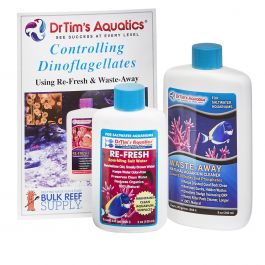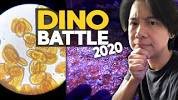I have LCA Dino's and I am dosing silicates, bacteria and phyto. I have read just about every thread/post on LCA and am confused about tank cleaning. If dosing silicates to attempt to create a diatom bloom is it recommended to clean/remove or not to clean/remove the top layer of sand? Also since dosing silicates I am getting a brown film on the glass. Should I clean or not clean the glass? Prior to starting the treatment I did remove the top layer of sand, and sand looked good for a few days until the LCA returned in the exact same locations. Also I have shut down my UV since I began treatment since LCA is not waterborne.
Recommendations would be appreciated on the cleaning aspect.
Thank you!!
Recommendations would be appreciated on the cleaning aspect.
Thank you!!






















